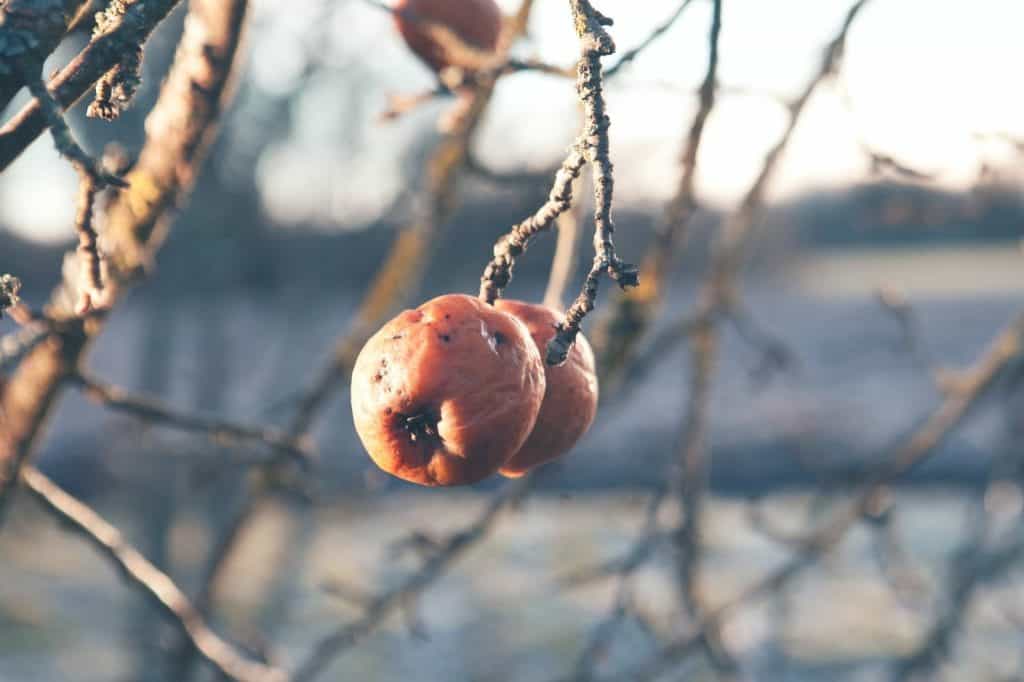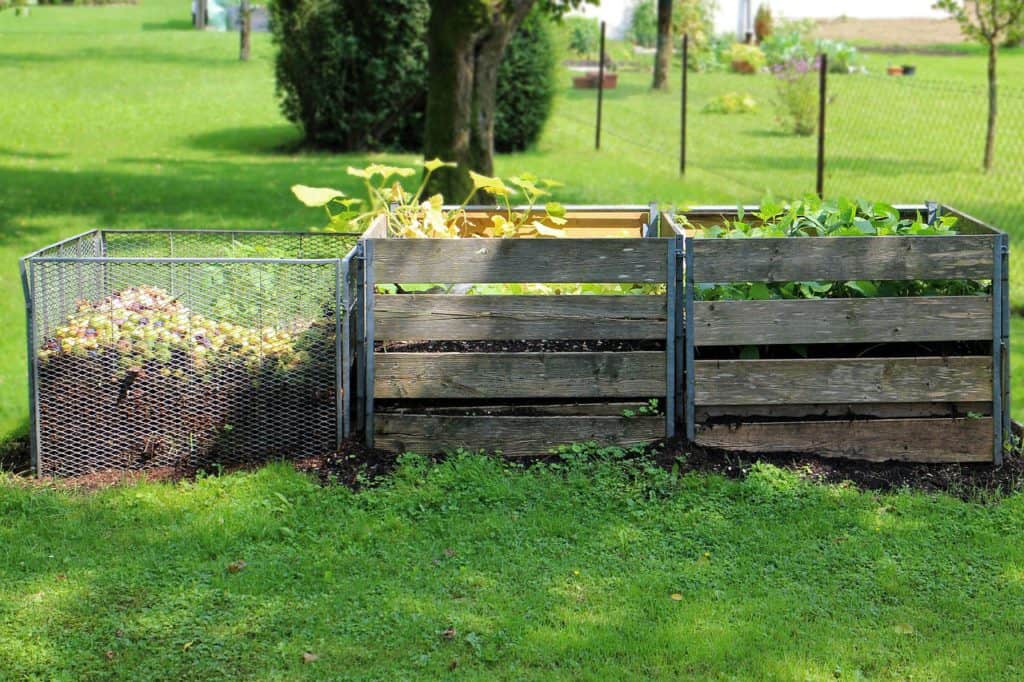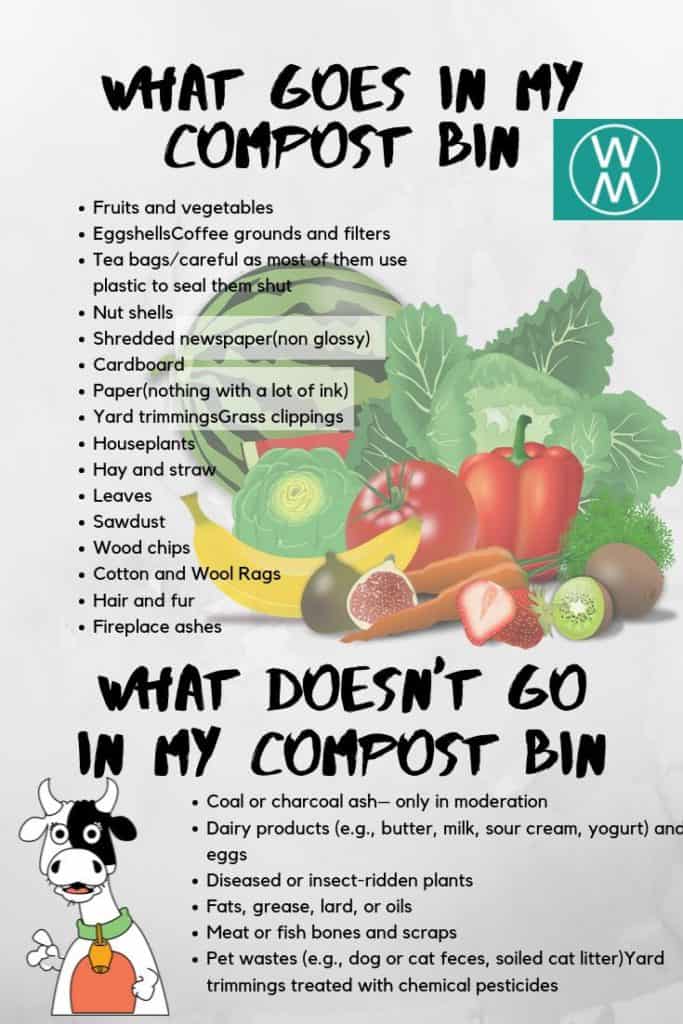Here are 3 different composting methods to get you started. Whether you live in an apartment or have a house with a garden, these 3 composting methods are the way to cut your food waste down and reduce the amount that goes to the landfill.
What can be composted? How should I start my compost? Which is the best composting method for my needs?
This article gives you the ultimate short guide to composting, and I hope to answer most of your questions. If yours wasn’t answered here, please send us a comment below, and we make sure to address your query as soon as we can.
Let’s dig in. ?
Not everyone has a garden or room to set up a compost, plus most of us think compost = smell.
Well, that’s not necessarily true, and if composting is done right, it doesn’t smell much either.

Why should you compost?
Roughly one-third of the food produced in the world for human consumption every year gets lost or wasted. That’s 1.3 billion tonnes according to the FAO.
So much of our food waste ends up in the bin, where it gets sent to the landfill, often wrapped in plastic bags or cling wrap.
A landfill is an anaerobe place meaning no oxygen gets in there, making it more difficult for your food scraps to decompose.
You would think when it ends up in a big hole, it will just decompose. It turns out; it is more a fermentation process where it releases methane.
Anaerobic Composting Method
organic materials + water = carbon dioxide + methane + hydrogen sulfide + energy
Aerobic Composting Method
organic materials + oxygen + water = carbon dioxide + water + energy
So you see, the first type of composting or the anaerobic composting method is not the recommended way. Methane gas is being produced. It is 30 times stronger than CO2 and adds to our global warming crisis.
Apparently, 42% of our landfills are filled with organic matter that doesn’t break down fast enough.
3 Different Composting Methods Explained
Let’s start with the bokashi method for people who don’t have access to a garden but still want to do good for the environment.
The Bokashi Method:
For the bokashi method (Japanese for fermented organic matter), all you need is a Bokashi bucket and the bacteria that help break it down. It is more of a fermenting process than a composting one. Nevertheless, it still serves the purpose of turning your food waste into a small digestible pickled like compost.
Throw all your kitchen scraps in the bucket. Just remove any stickers or labels since most of them are made from plastic.
Add the bacteria to the mix and seal shut. Once it is full, let it sit for 10-12 days. The only maintenance required is to open the tap on your bucket and drain the leakage every once in a while.
Voula, you have a new “pre-compost.”
I wrote “pre-compost” because remember it only pickles your food scraps, so it is not safe to use it as fertilizer right away. It is too acidic.
Pros:
- You can throw in meat and dairy products.
- It is small.
- You can put it under your kitchen sink.
- It doesn’t smell.
Cons:
- It doesn’t technically compost your food. It is more a fermented pickle that is too acidic to be used as fertilizer right away.
- Meaning you can actually kill your plants if you put them in on the roots.
- You may have to bury it in the garden for a while before using it as fertilizer. It kind of defeats the purpose for a home compost, I know.
Conclusion:
It is still a handy solution to reduce your food waste at home and get composting. Perhaps you have someone in your neighborhood that might take on the “pre-compost?”
Unless your city has a pickup system that allows you to throw your green waste in the bin, you can use that. Otherwise, you can check out these Food Saving Apps that connect you with locals in your area with a compost bin and are happy to add your waste to their composting method.
Otherwise, you could additionally get a worm farm to really make the most of your compost. Then you could throw your bokashi mix in with the worms and let them do the rest. Attention, you may have to check the PH level before you throw it all in with the worms, but that is easily manageable.
I have a garden, and I am ready to compost.
This is very quickly done and can even be free. In our old place, we used timber pallets as walls for our compost. Since we had enough space to make a whole compost section, we used three open bins for our fertilizer. It looked something like the picture below.

This depends on how many people you have in your home. We were 4 of us, and we have a veggie garden and lots of green waste, aka leaves and branches from hedge clippings and grass clippings.
You want to make sure that these bins don’t have a bottom so that the liquid can drain out and the mix doesn’t get too moist.
When you start with your first bin, make sure to always have 50% greens, like your branches and leaves, and 50% browns, aka your food scraps. Remember not to put any meat or dairy or even bread into your compost as this will attract rodents and doesn’t break down as well. Be mindful when you add new food scraps to your compost to add it to the middle and allow air to the mix (but only if you want to become a pro). That’s it.
Once your first bin is full, let it sit and move over to the next one. After 6-8 months, you can use your compost and mix it with your soil to fertilize your garden or flowers or general healthy soils.

Pros:
- It is a large scale composting solution.
- It doesn’t require much maintenance.
Use the Share Waste App and make friends with people who don’t have a compost bin.
Cons:
- It can smell a little bit, so don’t have it right near your home.
- Sometimes it still attracts animals.
- It’s not ideal when you are living in the city.
- No meat, dairy, or bread.
Next up, we have a worm farm.
Although you have worms in the second example, you can basically buy a skyscraper for worms.
In this example, you put your fresh food scraps into the first one, add your worms and make them a beautiful and cozy home in there. Cover them up with some newspaper scraps or leaves and add a bit of moisture.
Soon you can start harvesting worm juice. This stuff is gold for your garden as it is a nutritious, rich fertilizer for your plants and flowers.
Once the first one is full swap them around and keep adding more scraps to the top one.
Pros:
- Small scale
- Easy to set up
- Worm juice, which you can even start selling.
Cons:
- No meat, dairy, or bread
- No eggshells and citrus
- Can smell a little
Last
I keep hearing, but what about the FoodCycler? This machine is not a composter. It basically fries and sterilizes your food, which then becomes nutrient less waste. Not recommended by me.
Well, you are in luck because there are a few options that even work for apartment living, and if you don’t have the room at all, you can opt-in for the share your waste app that helps you to find people in your neighborhood with a compost to locate them and drop your food scraps off.
If you found this useful, please consider sharing it on social media and if you would like to learn more about how you can become a zerowasteman or woman, then consider subscribing to our newsletter.
